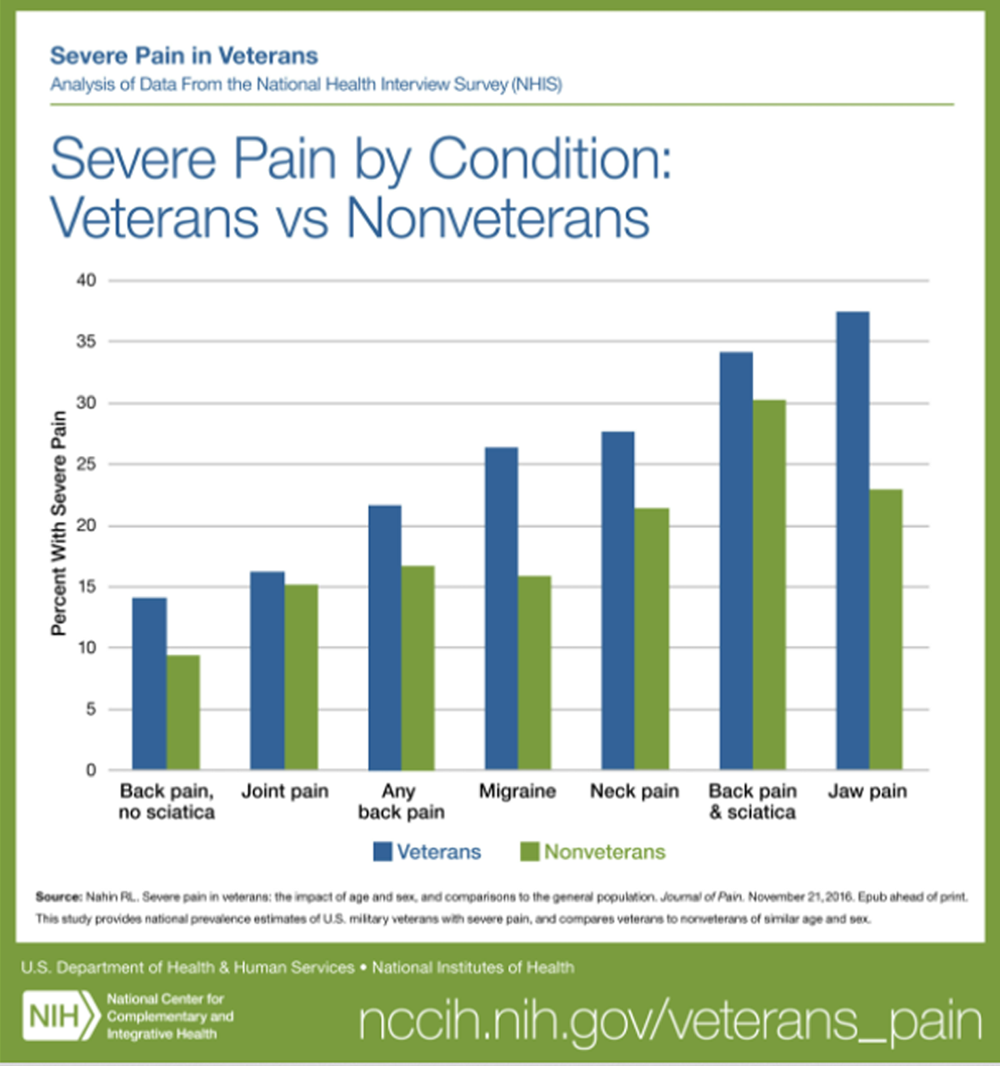A Typical Week at the St. Louis VA Medical Center
SOURCE: ACA Blog ~ 9–19–2017
By Steven Huybrecht, DC
VA St. Louis Healthcare System
I’ve had more than a handful of family and friends ask me, “What’s it like working for the VA in St Louis?” and my response is always the same—“It’s great!” I usually then proceed to give them a rundown of what a typical week looks like as my activities vary from day to day and sometimes from month to month.
An average week is broken down into four different segments:
outpatient clinic,
interdisciplinary pain rehabilitation (IPR) program,
scholarly activities, and
clinical rotations.
The majority of my time is spent in clinic helping veterans manage their pain and develop healthy habits for self-care. However, the time spent outside the clinic has also been beneficial for personal development and education.
On Mondays, Wednesdays and Fridays, I provide chiropractic care in the pain clinic during our normal hours of 8 a.m.- 4 p.m. along with the program director Dr. Pamela Wakefield and attending chiropractor Dr. Glenn Bub. I usually see anywhere from six to eight veterans on an average day, some more clinically complex than others. We have a (relatively) small workspace, but are very busy and have a full schedule on almost every clinic day.
This time is the “bread and butter” of my week where I’m working with veterans who not only have pain issues, but also often have multiple comorbidities. I spent over two years in private practice before starting at the St. Louis VA Healthcare System and have already seen more complexity in my patient population in the first two months of my residency than I saw in those previous two years.
On Tuesdays, in addition to treating veterans I have some scholarly time. One of the recent projects I participated in with two other residents, Nicholas Evertz from Canandaigua, N.Y. and Rachel Mooers from Los Angeles, Calif., was to create a presentation of evidence-based spinal examination procedures. After scouring the literature and cultivating sources, the best tests for diagnosing spinal-related complaints were established. This taught us not only how to critically appraise research, but also how to work together from different sites across the United States.
There are more articles like this @ our:
Thursdays are one of the more interesting days for me personally because it’s a great learning opportunity both in the clinic and academically. We start the day with an hour-long interdisciplinary team huddle where various professionals in the pain center discuss ways to better serve our veterans. Following the huddle, I work with our IPR group, consisting of six patients on average. This is a 12-week program for veterans with chronic pain to spend four hours on one day a week seeing a pain doctor, a chiropractor, a physical therapist, a psychologist and sometimes a nutritionist.
They also spend time in the gym or pool on campus and are encouraged to create an exercise regimen outside of the program, as well. The goal of the program is not to eliminate all of their pain, but to improve function and give patients the tools to help themselves manage their pain. In the afternoon, I have an hour conference call with the four other residents where we discuss assignments, unique aspects of our individual residencies and get to know one another better. The last couple of hours of the day are spent reading research or working on other activities.
Clinical rotations are also scattered throughout these weeks. So far, I’ve spent two days observing pain interventionists who performed epidural, facet and trigger point injections, two mental health grand rounds sessions, two days in the opioid refill clinic (regular monitoring of patients on high dose opioids), and a half dozen IPR group psychology sessions.
By observing these providers in their realm of clinical expertise, I have gained insight into the various ways our veterans’ healthcare needs are addressed. Whether their distress presents in the physical, mental or emotional form, these experiences help me to better understand the different challenges our veterans face and how my role as a chiropractor fits into the larger healthcare team. I’m grateful for the opportunity to serve those who’ve served and look forward to learning more in the months to come.
Dr. Huybrecht is the chiropractic resident at the VA St. Louis Healthcare System under program director Pamela Wakefield, DC. He is working toward completion of the Certified Chiropractic Sports Physician program and certification in chiropractic acupuncture. Dr. Huybrecht’s professional interests include chronic pain management for veterans, organizational leadership, and state and national advocacy.




Leave A Comment